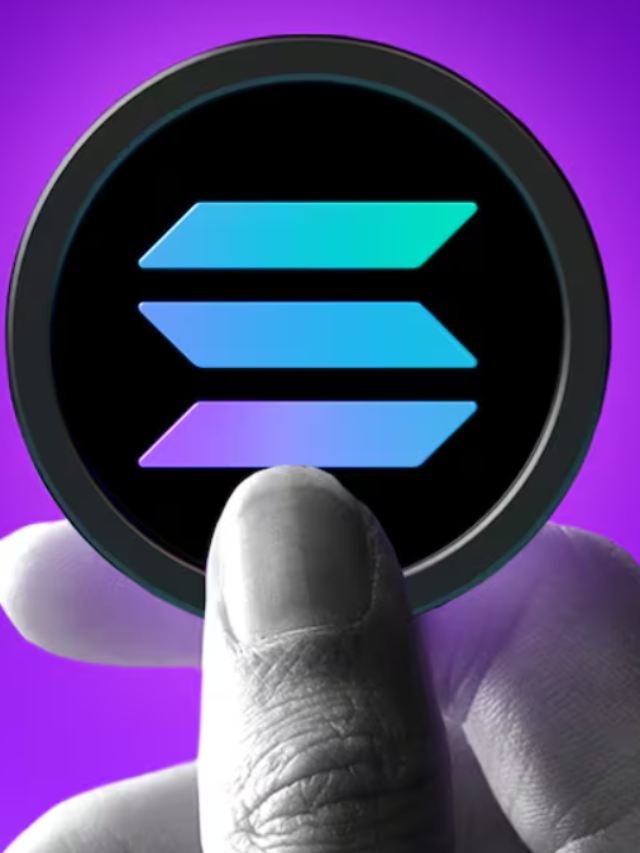Bitcoin is the first and most popular cryptocurrency, which operates within the supply cap of 21 million coins. Thus, over 19 million Bitcoins are already mined from them, and the rest of the coins are produced with a declining trend due to a process called “halving.” Supply is an important question when it comes to Bitcoin. What happens when all of the bitcoins are mined? Will miners have incentive anymore to keep the network going? What will this spell out for Bitcoin users? In this paper, we will be answering these questions and describing what this has in store for the Bitcoin supply limit.
1. Bitcoin Supply Limit Explained

Satoshi Nakamoto, the creator of Bitcoin, programmed the system to have a capped supply of 21 million coins to give the asset the characteristic of scarcity, similar to gold. Unlike central banks that print fiat money at will, the amount of Bitcoin is capped. This makes Bitcoin naturally deflationary. This scarcity is actually one of the reasons people refer to Bitcoin as “digital gold.”
Currently, new bitcoins are given to the miners in exchange for their efforts of validation and securing the network. It halves approximately every four years in an event known as a “halving.” Initially, miners got 50 bitcoins per block mined; after several halvings, this reduced to 6.25 on the last halving in 2020.
2. What Happens When All Bitcoins Are Mined?
By the time all 21 million Bitcoins have been mined, the system will not generate new Bitcoins as a reward for mining. This is said to happen around 2140. What happens next?
The Bitcoin network will always be there, but its considerable incentives will change for the miners. Instead of receiving block rewards in the form of new bitcoins, miners will be receiving transaction fees from users who perform transactions on the network. These already form part of the system today, but they are pretty small compared with the block rewards. Transaction fees over time will become the main source of income for miners as the block reward diminishes.
3. Role of Miners in a Bitcoin World After Mining Is Complete
Miners play one of the most important roles in maintaining the Bitcoin network. Miners validate transactions and add them to the blockchain, keeping the system safe and intact. Even after all the Bitcoins are mined, miners are still required, as they would be confirming the transaction and maintaining the blockchain.
But one of the most overriding questions is whether, eventually, transaction fees alone would suffice to keep miners running their computers. Mining is very energy-intensive and requires considerable computational resources, so it is expensive. Unless there is adequate compensation in the form of transaction fees, some miners could make financially rational decisions by leaving the network, hence compromising the security of Bitcoin.
Theoretically, this would also raise the value and activity of a number of transactions on the network, allowing higher transaction fees to potentially sustain miners. This is purely speculative, and the ultimate balance between network security, transaction fees, and incentivizing miners remains highly debated.
4. Will Transaction Fees Be Enough to Sustain the Network?
This leaves a very major issue with Bitcoin’s future—whether the transaction fees will be enough to keep miners interested. Transaction fees are presently a small portion of revenue compared to block rewards, but as the block rewards dwindle with each halving, so too increases the reliance on fees.
With greater adoption, Bitcoin might see higher volumes of transactions and, therefore, higher fees. In theory, it will be the higher demand for the processing of these transactions that will ultimately ensure the network is secure, as miners will have an added incentive. On the other hand, it might be that, due to the limited block size—the number of transactions that can fit into each block—Bitc0in transaction fees will never reach that high.
One potential way around this is the implementation of layer-2 scaling solutions, such as the Lightning Network. These technologies aim to take smaller transactions away from the main blockchain, in a nutshell, freeing up space for bigger and more valuable ones. This might be able to help reduce congestion of the main network while ensuring miners get enough from transaction fees.
5. What Will Happen to Bitcoin’s Value After Bitcoin Supply Limit?
Scarcity has been one of the major driving factors in valuation for a very long time, especially for Bitc0in. With its supply being fixed against the inflationary nature of all fiat currencies, many investors were drawn to Bitc0in. According to some experts, as the supply of Bitc0in continues to get increasingly scarce, the value of the digital asset would appreciate from the increased demand for it.
Once all bitcoins are mined, the circulating supply will be capped; the only possible ways to get bitc0in are through trading either on exchanges or from other holders directly. This can force up the price of Bitc0in against growing demand with limited supply.
But the markets are very complex, and technological developments, changes in regulatory environments, and competition to Bitc0in from other cryptocurrencies might influence its value in the future. As a matter of fact, these will probably be the leading determinants in the price trajectory of Bitc0in.
6. How will Bitcoin governance evolve?
That is, it does not depend on a central authority for governance; rather, changes in some sort of consensus manner decided by its users and developers are made to the protocol. Governance may become an increasingly important issue as the Bitc0in network matures and the block rewards disappear.
Currently, because they are the ones actively securing the blockchain, miners have great influence on the network. If transaction fees become the main way miners generate revenue, large miners are likely to have less influence. The decisions on the future of the network will be more democratic, where more users will contribute to decision-making.
In addition, there’s the potential for conflict among all the different groups that make up the Bitc0in ecosystem. For example, miners might want to raise the transaction fees by updating the software, whereas users might want them lower. It would be up to the members of the Bitcoin community to work out such an arrangement, taking care and making compromises so that it works.
One of the basic tenets of design for Bitc0in is supply limit—a factor that shows scarcity, hence value. As we approach maximum supply, many questions have been raised with regard to the future of Bitc0in. While transaction fees will be replacing block rewards as the primary incentive for miners, there remains one outstanding concern as to whether these fees will actually be adequate enough to maintain security for the network.
At the same time, the value of Bitc0in can increase with its scarcity—although that, too, would depend upon many factors, such as adoption, competition, and regulatory developments. The future of Bitc0in governance and miner incentivization will also be crucial regarding the success of the network in the long run.
Conclusion
When Bitcoin’s supply is fully mined, that will be an interesting milestone in its history. While there are still challenges in that vein, Bitc0in’s hardening and its decentralization have put the project in a good position to adapt through these changes and toward active evolution as a digital store of value and medium of exchange.




















